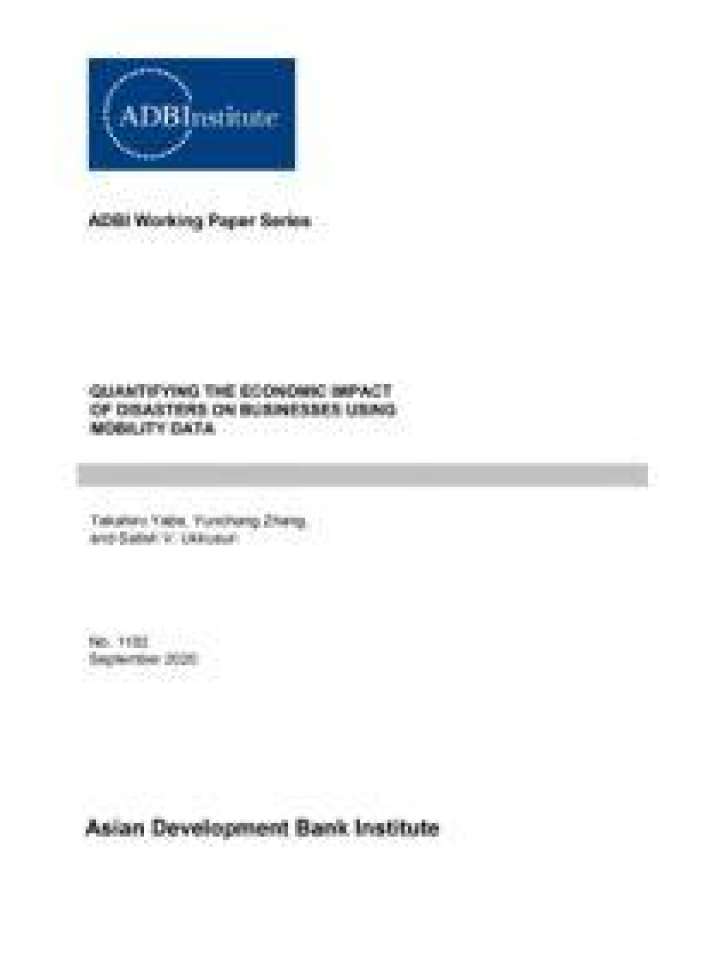Quantifying the economic impact of disasters on businesses using mobility data
Quantifying the economic impact of disasters to businesses is crucial for disaster relief and preparation.
In recent years, extreme shocks (such as natural disasters) have increased in both frequency and intensity. Consequently, many cities have experienced significant economic losses. Quantifying the economic cost to local businesses after extreme shocks is important for post-disaster assessment and pre-disaster planning. Conventionally, surveys have been the primary source of data to quantify the damages that are inflicted on businesses by disasters. However, surveys often suffer from high cost and their implementation can take a long time. They also suffer from spatio-temporal sparsity in observations and limitations in scalability. Recently, large-scale human mobility data (e.g., mobile phone GPS) have been used to observe and analyze human mobility patterns in an unprecedented spatio-temporal granularity and scale. In this work, we use location data that were collected from mobile phones to estimate and analyze the causal impact of hurricanes on business performance. To quantify the causal impact of the disaster, we use a Bayesian structural time series model to predict the counterfactual performance of affected businesses (what if the disaster did not occur?), which may use the performance of other businesses outside the disaster areas as covariates. We have tested our method by quantifying the resilience of 635 businesses across nine categories in Puerto Rico after Hurricane Maria. Furthermore, hierarchical Bayesian models are used to reveal the effect of business characteristics (e.g., location and category) on the long-term resilience of these businesses. We present a novel and more efficient method to quantify business resilience, which could assist policy makers in disaster preparation and relief processes.
Explore further
